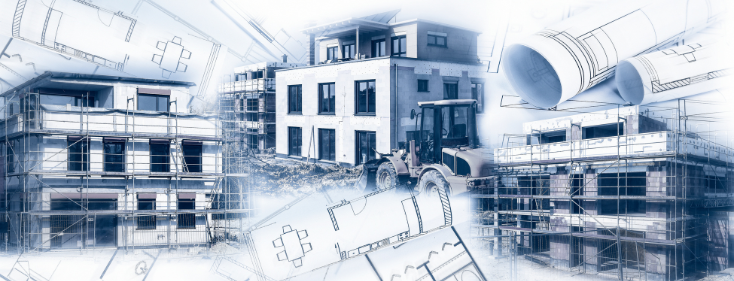Based on the type of construction, subcontractors and regulatory requirements, every company has different processes, checklists and punch list items.
Having observed construction quality control for decades, here are some common mistakes
- The management not prioritizing quality.
Each and every company out there boasts on its website that its construction is of the highest quality. However, what steps are they taking to ensure that? Unless owners and managers prioritize quality at the top, it won’t trickle down to superintendents and crews.
Quality is always comprised in order to meet deadlines, cycle times and production goals.
The management must walk the talk.
2. The notion that quality management equals punch lists.
Management of quality is more than just checking off items on a punch list. The goal isn’t simply to correct mistakes but to prevent recurrences in the future.
3. Not implementing a quality improvement process.
For quality management to be effective, it is essential to learn from mistakes in a systematic way and to strive for first-time quality.
4. Recurring issues /non-conformities are not analyzed and understood.
The common mistakes should not be overlooked, they should be identified and prevented. A true quality management process will determine how often issues occur, where they occur and who is responsible.
5. Communication problems between quality managers and engineers.
Often, quality control personnel talk and field personnel listen. The more engineers share with the quality managers, the better the quality manager can help with the overall quality process.
6. Sub-contractors are not aware/informed about quality pre-requisite and expectation.
Usually, it’s just written in the contract and assumed they’ll read it. The first-time quality goals need to be discussed with sub-contractors before the project begins.
7. Thinking that subcontractor rework is acceptable if they pay for it.
A subcontractor’s willingness to correct mistakes from their pockets does not mean that rework is acceptable.
The result is delays, a damaged reputation and increased subcontractor’s costs. It also sends the message that you’re not truly committed to first-time quality.
8. Lack of awareness about Cost of poor quality (COPQ) and rework/rectification cost.
The longer it takes to finish the task right, the more expensive it is. By striving for first-time quality, you will have happier customers and higher margins.
What’s the best way to avoid all these mistakes and achieve prime quality in your project?
Get in touch with CQRA, an ISO 17020 accredited agency with extensive experience in managing the Quality and Safety of construction projects.

